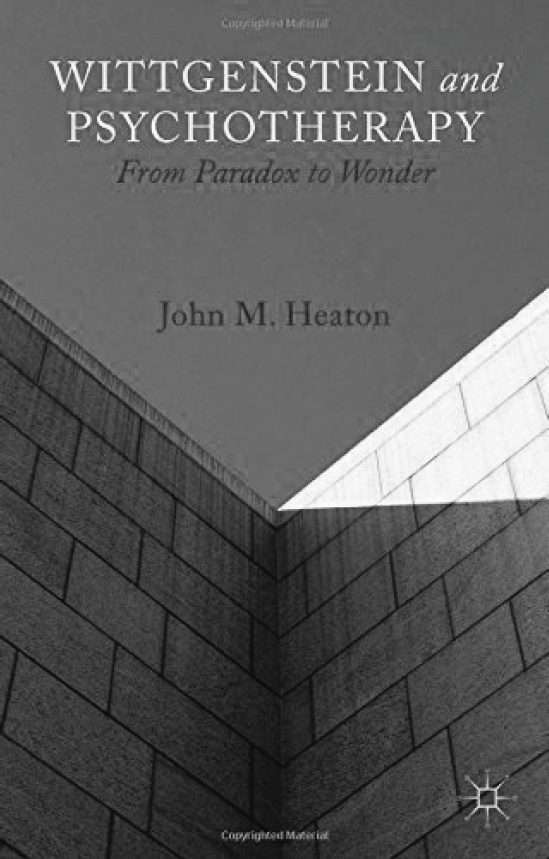
John Heaton has written widely on Wittgenstein and psychotherapy. He trained in medicine, psychology and philosophy at Cambridge. He is a psychotherapist and lecturer at Regent's University London with a leaning towards existential psychotherapy. His mastery of Wittgenstein is evident throughout this book and clearly articulated. The central theme with which he is concerned can be gestured at by the Wittgensteinian quote, ‘A picture held us captive’: when reflecting on linguistic meaning we assume that words derive their sense by being associated with pre-existent objects and processes. Nouns like ‘table’ seem straightforwardly to be meaningful because tables exist and so on. Similarly, it seems that psychological terms such as ‘beliefs’, ‘wishes’ and ‘thinking’ must refer to special objects located in an inner place called ‘mind’.
This picture persuades us to erect scientific theories of how these inner items function causally to explain behaviour, emotion and thought. Expressions of distress, ‘neurotic’ or ‘psychotic’, are corralled into symptoms which indicate disturbances in putative theoretical mechanisms. These mechanisms are postulated by psychoanalytic theories of psychic function, reductive biological ones or computational models. Under these circumstances both the patient's and the therapist's understanding becomes distorted by the particular picture with which they may be working. The patient cannot find the proper ‘expression’ of her discomfort and hence therapeutic relief.
The urge to theory-build dissolves by recognising that the meaning of psychological words is not internal items of any kind, but derives from their place in the symbolism of language and how they are used. Problems of psychological distress are thus not dealt with by increases in scientific knowledge but are failures ‘to love, reason, and understand the way forms of language can produce false appearances … they are signs the person … has lost the feeling his life has a unity and integrity’ (p. ).
The admonitions against theory-building are well taken and Heaton skilfully traces the introduction of infants into identities as persons shaped by the symbolic world in which they move. Nevertheless, some caution should be exercised in the use he himself makes of Wittgenstein's cautionary tale. One might suspect an existential therapist of theoretical leanings towards the view that distress must always represent existential confusion. Hence, Heaton is inclined to ascribe excessive therapeutic efficacy to the achievement of personal clarity of philosophical expression in the remission of emotional, cognitive and behavioural problems. Also, Wittgenstein was interested in dissolving metaphysical and ontological problems thrown up by being held captive by a picture. It is controversial that his way of unpicking these should be described as ‘therapeutic’, nor is it obvious that it can be transferred straightforwardly from philosophical reflection to psychotherapy.


eLetters
No eLetters have been published for this article.